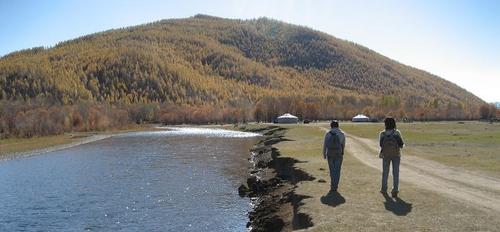Introduction to Integrated Watershed Management
Integrated Watershed Management is a holistic and integrated approach for sustainable management of a watershed area; a watershed area is understood as an ecological system which can only survive as a unit. Thus, an understanding of all aspects of the watershed is essential in WM: [1]:
- The individual components of the watershed (e.g., water resources, water user)
- The relationships between the characteristic forms of the landscape (e.g., slope, bedrock, vegetation, water bodies)
- The process factors (e.g. precipitation intensity, human‐environment dynamics)
Management of vital resources available in the watershed is to be carried out collectively and simultaneously to improve the living conditions of the local population
Integrated Watershed Management is a flexible process that has to be adapted to the unique characteristics of distinctive watersheds and to changing conditions within individual watersheds [2].
Watershed‐based planning aims to balance environmental goals with socio‐economic and political goals within the watershed considered.
Integrated Watershed Management is a process of rational decision making in successive steps. Systematically the available management options are compared, and a Watershed Management Plan is developed that is mainly a rural development concept [2] [3].



